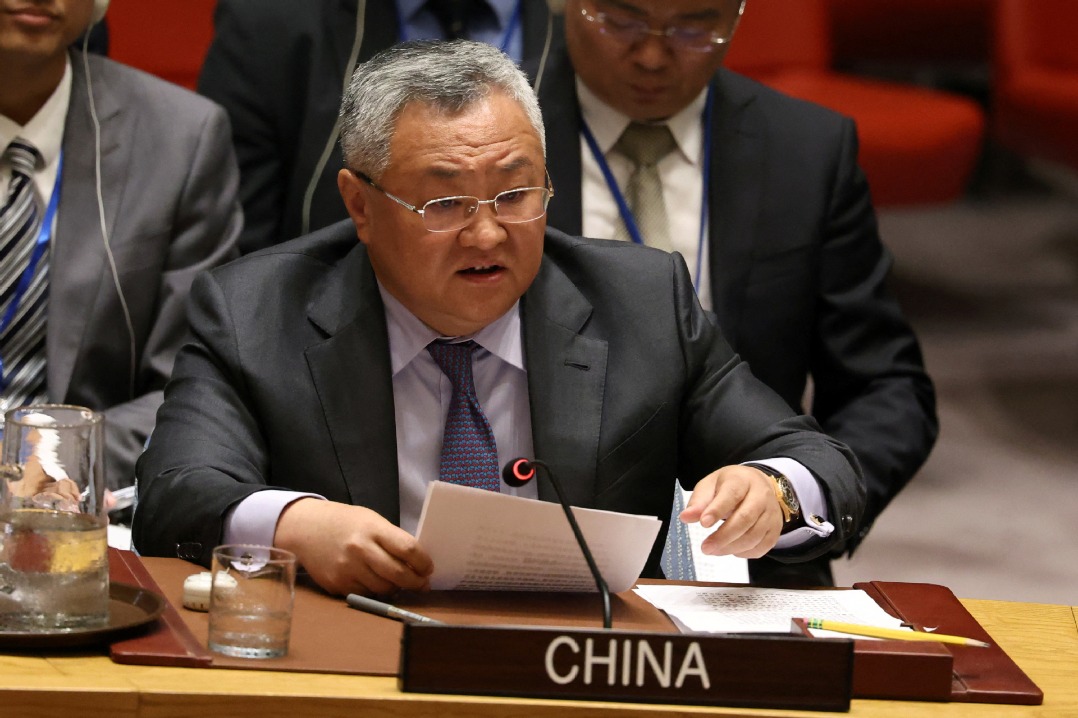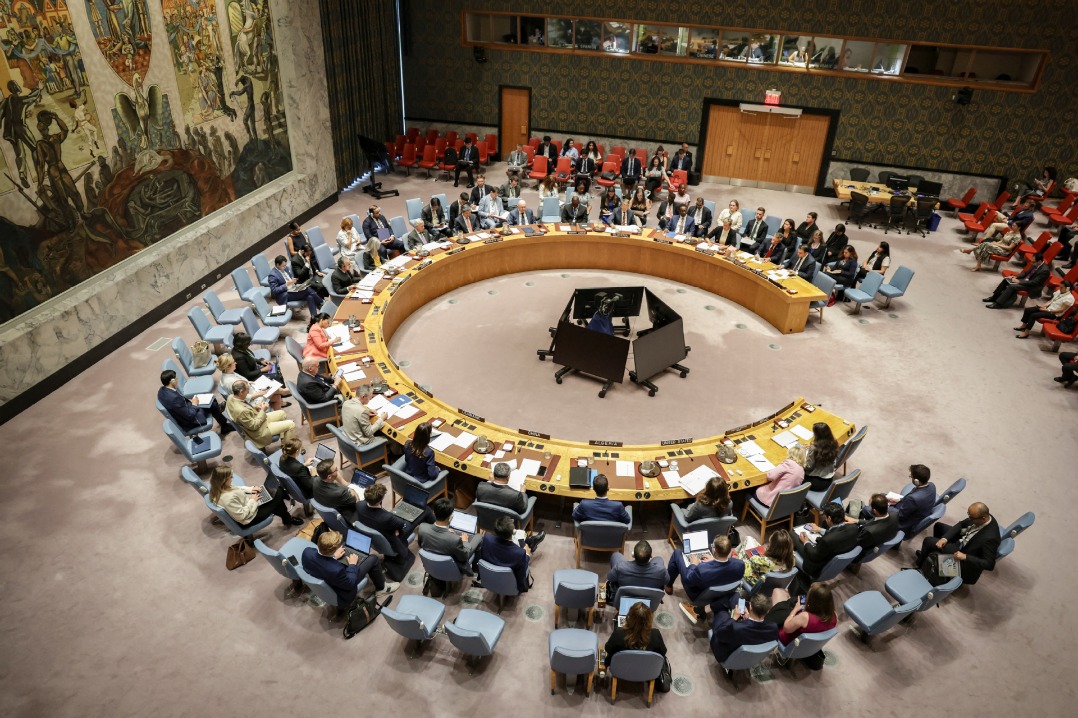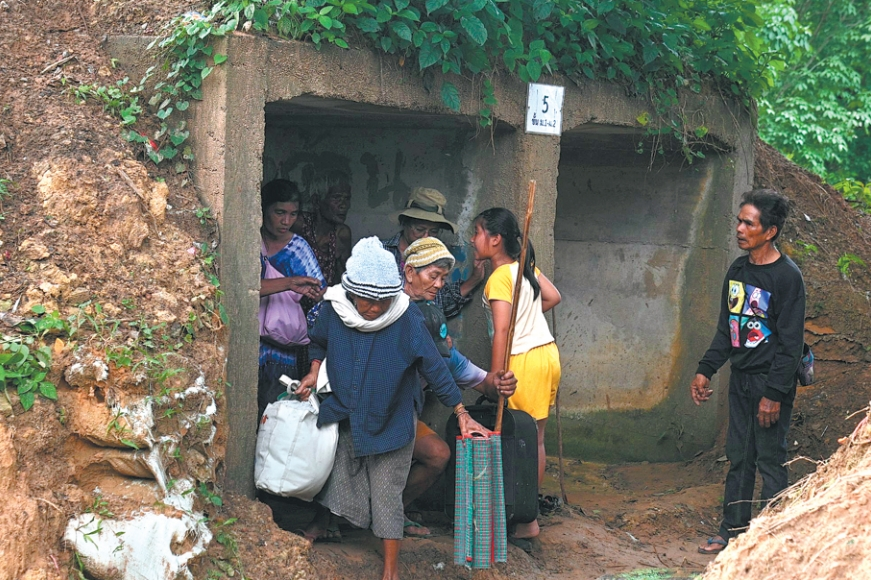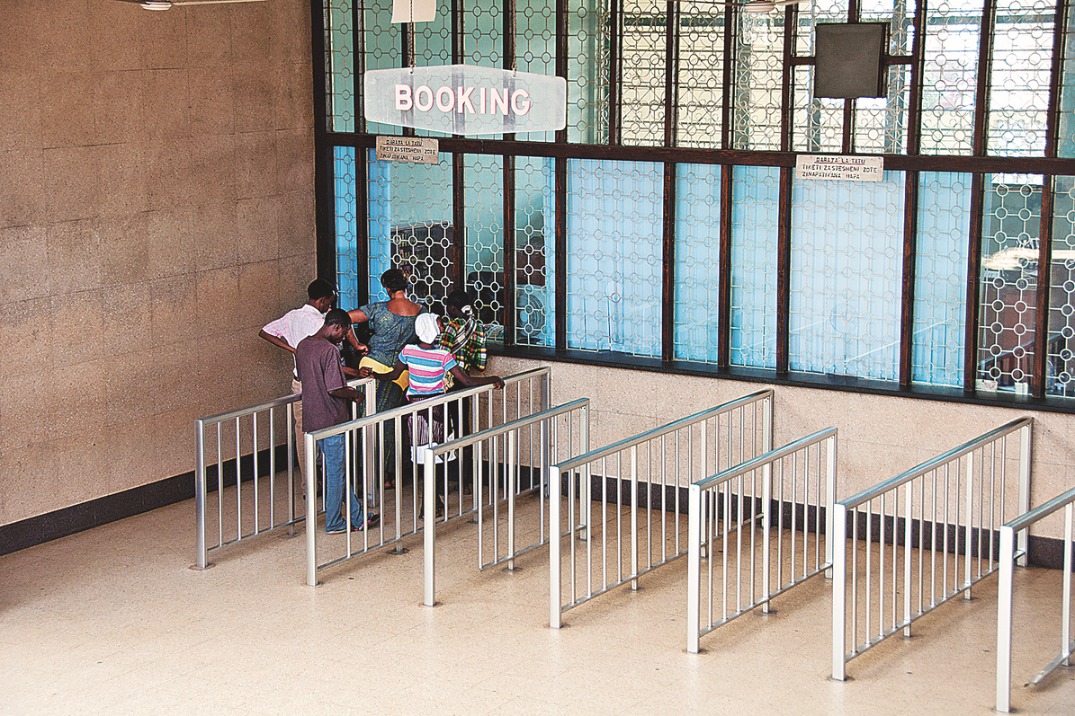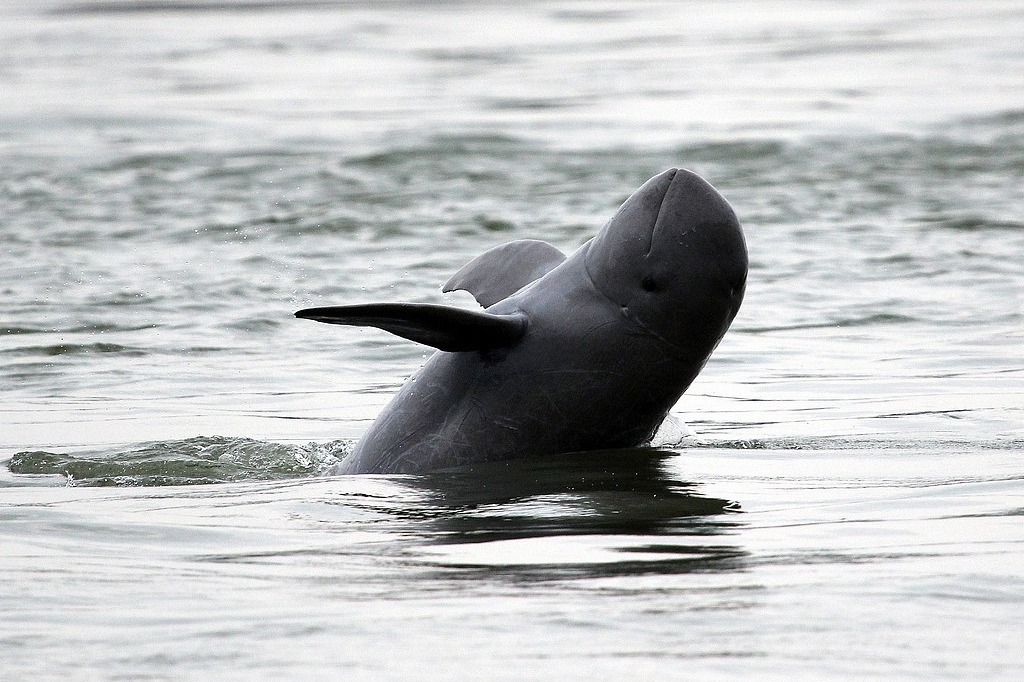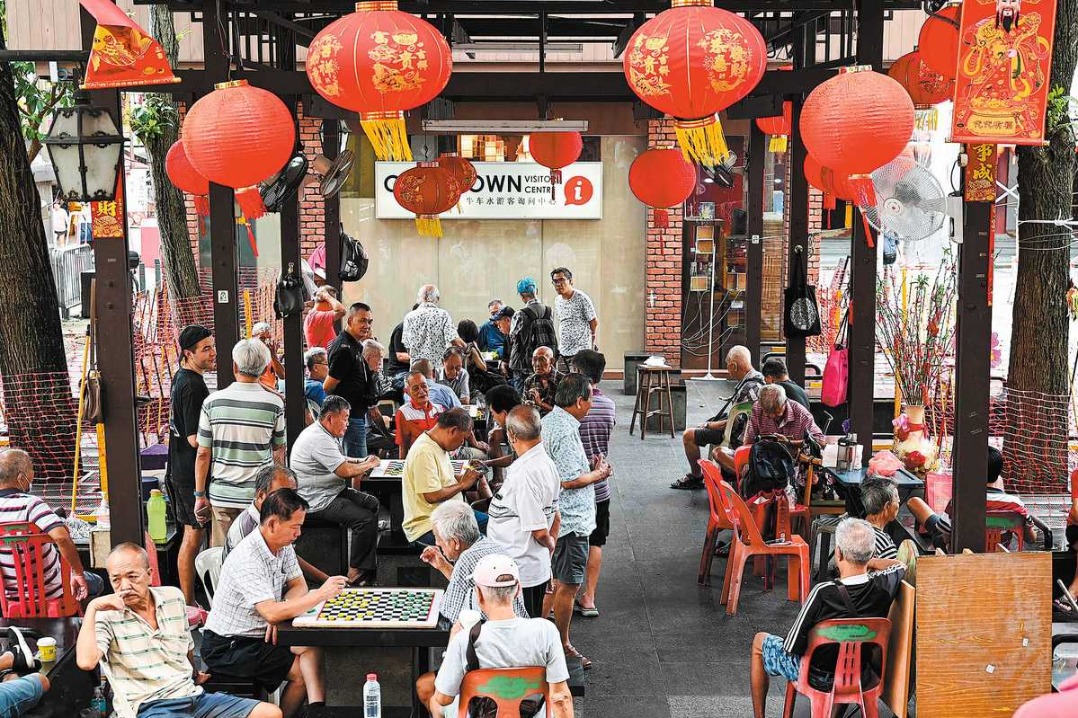Southeast Asia in top spot on BRI-related infrastructure development metric


Despite the unexpected shock from the COVID-19 pandemic, Southeast Asia's infrastructure development remains the strongest among all regions involved in the Belt and Road Initiative, a new report finds.
With a score of 119, Southeast Asia ranked No 1 among the seven regions in the Belt and Road Infrastructure Development Index, according to the Annual Report on the Development of Belt and Road Infrastructure Development Index (2020) jointly published by the China International Contractors Association (CHINCA) and the China Export and Credit Insurance Corporation.
The report, together with the Belt and Road Infrastructure Development Index (2020), was published as the 11th International Infrastructure Investment and Construction Forum (IIICF), a two-day event, kicked off in Macao on Dec 2.
Speaking at the report launch, CHINCA Chairman Fang Qiuchen said Southeast Asia's strong development in infrastructure can be attributed to the region's booming demand and its proactive pandemic-control measures.
Among 71 countries covered in the report, including 63 nations involved in the BRI and 8 Portuguese-speaking countries, Indonesia, Malaysia, and the Philippines took the top three places in the index. Meanwhile, the Central and Eastern European region, with a score of 103, ranked at the bottom among the seven regions covered in the report.
The report pointed out that the overall index in 2020 dipped to 110 from 119 in the previous year, reaching the lowest level in almost a decade. This was largely due to the global outbreak of COVID-19, which has changed the world political and economic landscape in profound ways, it said.
While the transportation sector remains a priority of international infrastructure cooperation, the public health sector will grow further in the post-pandemic era, the report said. It noted that the pandemic has underscored the importance of transportation systems, as they have a direct impact on the efficiency of logistics.

In addition, citing data from Fitch Solutions, which focuses on infrastructure markets analysis, the report said only around 2.3 percent of all projects worldwide were in the public health sector in 2019, with the market value also relatively small.
"Since the international multilateral financial institutions will allocate more funds to pandemic control, the public health infrastructure sector is expected to take off," the report said, noting that the least developed countries and some developing countries with weak public health systems and unfavorable development environment will be among the first to benefit from international aid.
"The ideas of innovation, synergy and sustainability will continue to drive the new development of infrastructure in countries involved in the BRI," said Fang.
With the accelerated integration of technology and infrastructure construction, as well as the wider spread of the concept of sustainable infrastructure, Fang said the prospects of infrastructure development in countries involved in BRI are still promising.
Noting that there are new challenges in the post-pandemic era, Fang proposed suggestions on BRI infrastructure and cooperation, including enhancing international cooperation with a reliable communication mechanism, accelerating financing innovation with an open and diverse financial services system, and optimizing compliance and risk management as well as promoting technological innovation and the development of "new infrastructure".
Co-organized by CHINCA and the Macao Trade and Investment Promotion Institute, this year's IIICF was held both online and offline in China's Macao Special Administrative Region. Under the theme "Responding to Challenges and Promoting Global Infrastructure Development", the forum brought together diplomats from over 30 countries and more than 1,000 delegates from governments, international organizations, financial institutions and businesses.

















